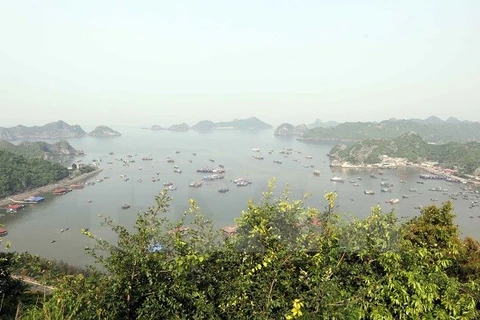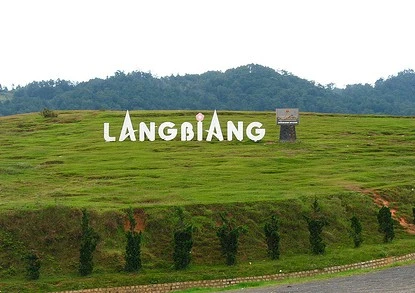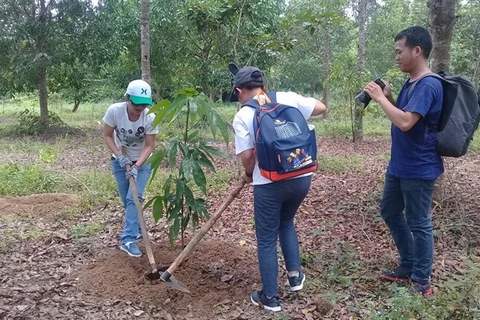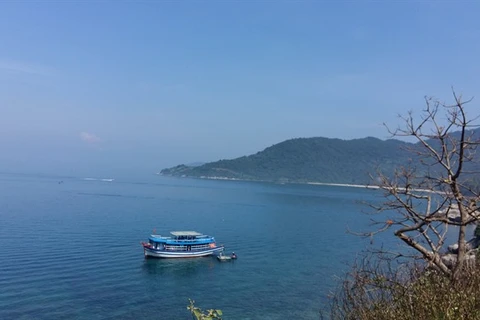Dong Nai (VNA) – The Vietnam National Commission for UNESCO held a workshop in the southern province of Dong Nai on November 28 to review its work in 2018 and plan for the implementation of the Lima Action Plan and eco-labelling in world biosphere reserves in Vietnam.
The Lima Action Plan for UNESCO’s Man and the Biosphere (MAB) Programme and its World Network of Biosphere Reserves (2016 – 2025) was adopted by the MAB International Coordinating Council (MAB ICC) at its 28th session in Lima, Peru, in March 2016. It contains actions to ensure the effective implementation of the MAB Strategy 2015 – 2025.
Its objective is to create thriving societies in harmony with the biosphere for the achievement of the Sustainable Development Goals and the 2030 UN Agenda for Sustainable Development, through global dissemination of sustainability models developed in biosphere reserves.
This year, Vietnam has seen progress in implementing the Lima Action Plan. The Cat Ba Biosphere Reserve in Hai Phong was the first in Vietnam to draw up a plan for the implementation of the Lima Action Plan, adopted by the local authority, while Lang Biang Biosphere Reserve in Lam Dong has developed a model for community-based management of the reserve which has facilitated local development.
The world biosphere reserve of Cu Lao Cham – Hoi An in Quang Nam has launched an egg-hatching project to rebuild sea turtle population in central Vietnam. Hundreds of eggs laid by sea turtles in Con Dao National Park were carried to Bai Bac (north beach) of Cu Lao Cham where they hatched in September 2017. This success, alongside improved environmental protection practices, has brought greater prospects for the restoration and conservation of sea turtles and biodiversity of the Cu Lao Cham MPA.
Last year, more than 860 baby turtles were born from 900 eggs using the ex-situ conservation method, and all were later released to the sea. It is expected some extra 900 eggs will be hatched in June and August this year. It is expected, by 2020, sea turtles will return to shore around Cu Lao Cham to nest.
Speaking at the workshop, directors of biosphere reserves in Vietnam suggested that local governments where biosphere reserves are located must focus on forest protection and improve livelihoods for people who manage the forests. At the same time, biosphere reserves in Vietnam need to step up cooperation with their peers from other countries; accelerate communication campaigns to promote the biosphere reserves among people; and raise public awareness of environmental protection. –VNA
VNA

























